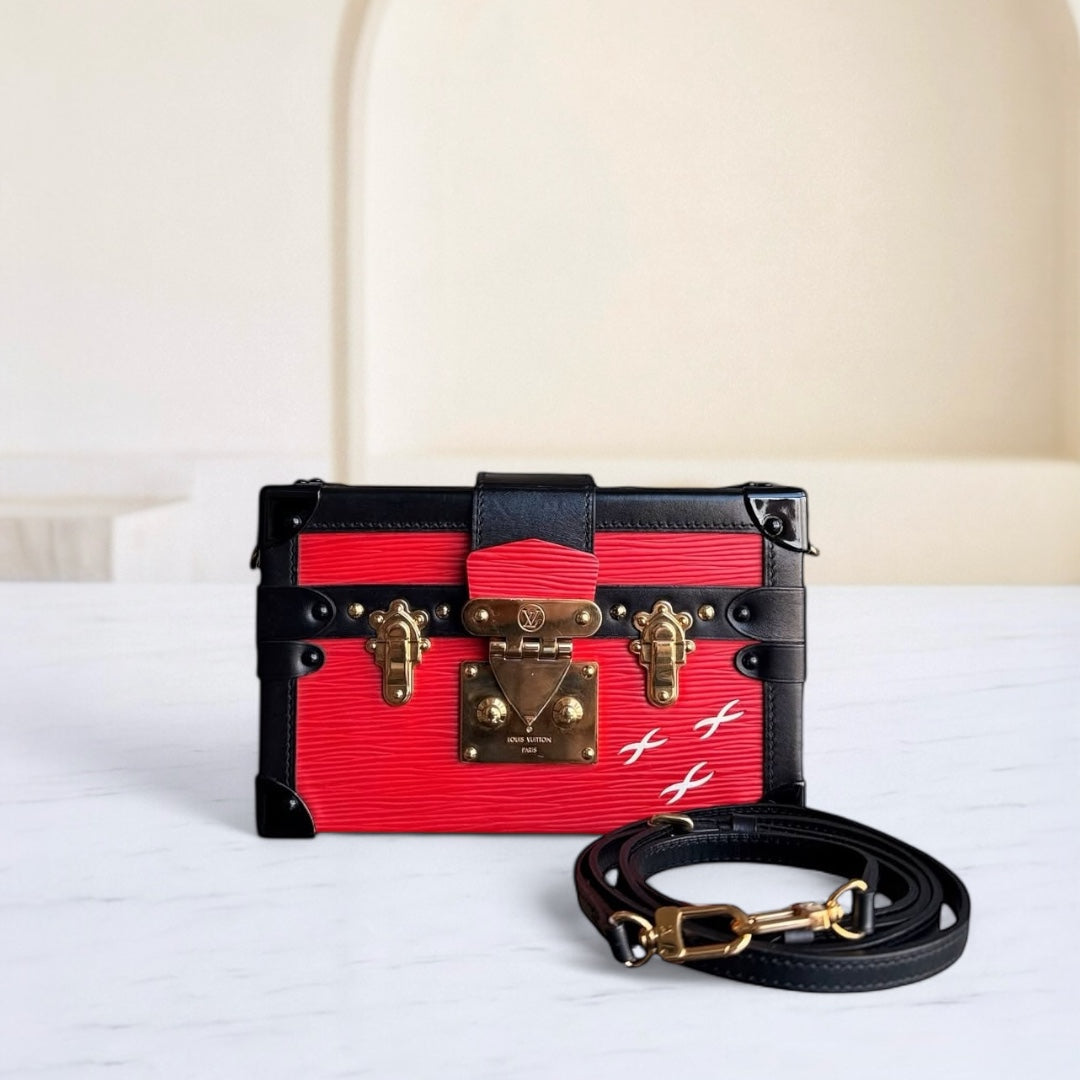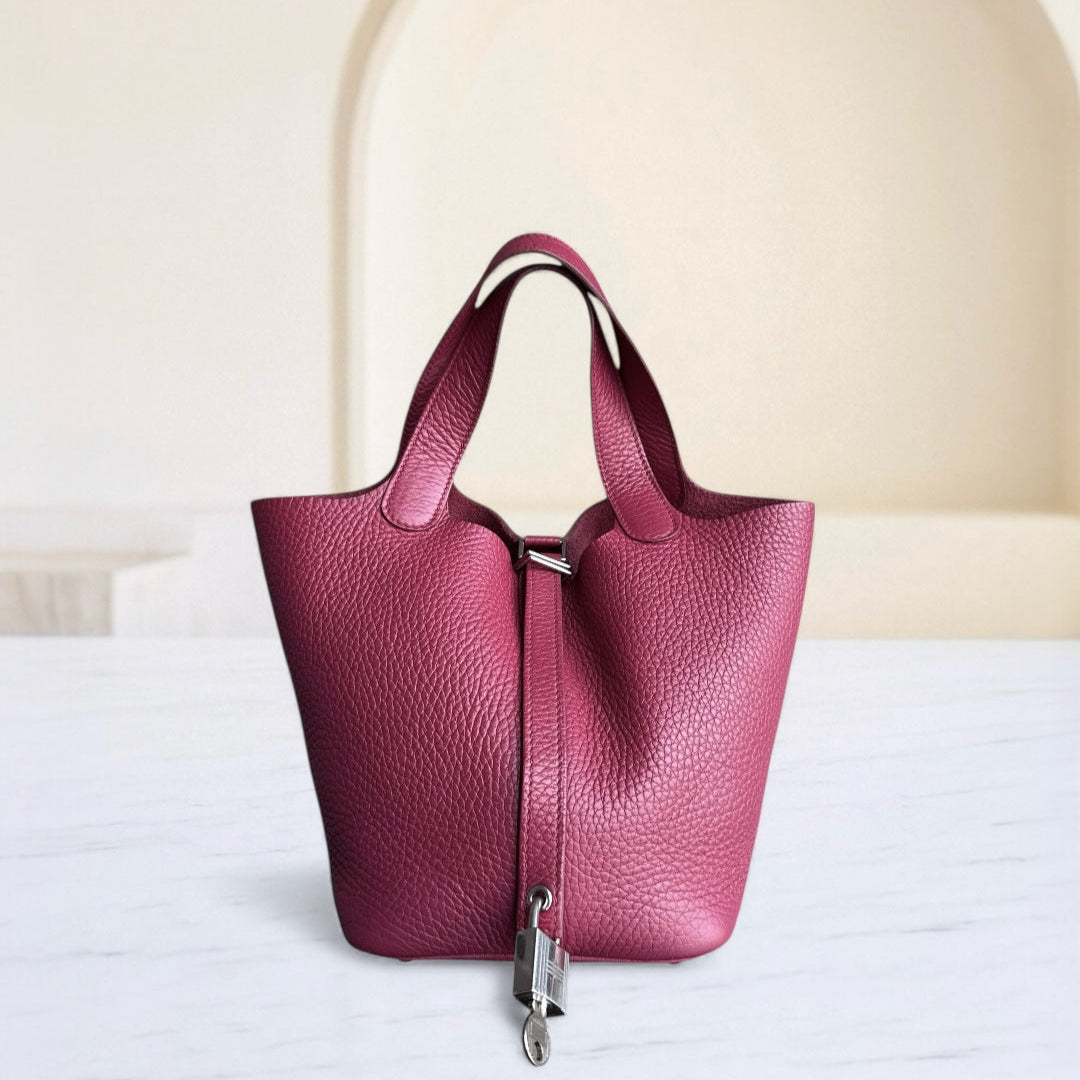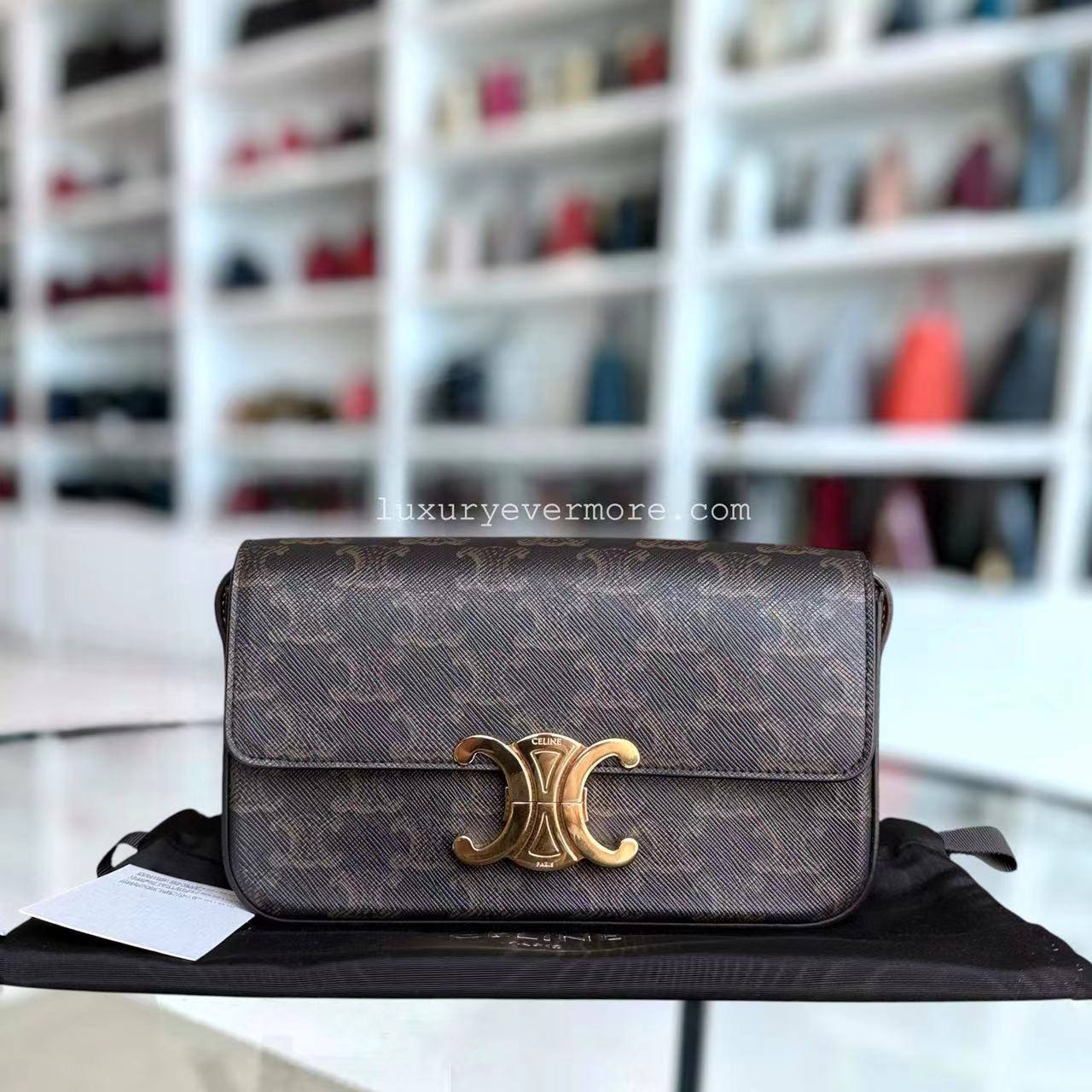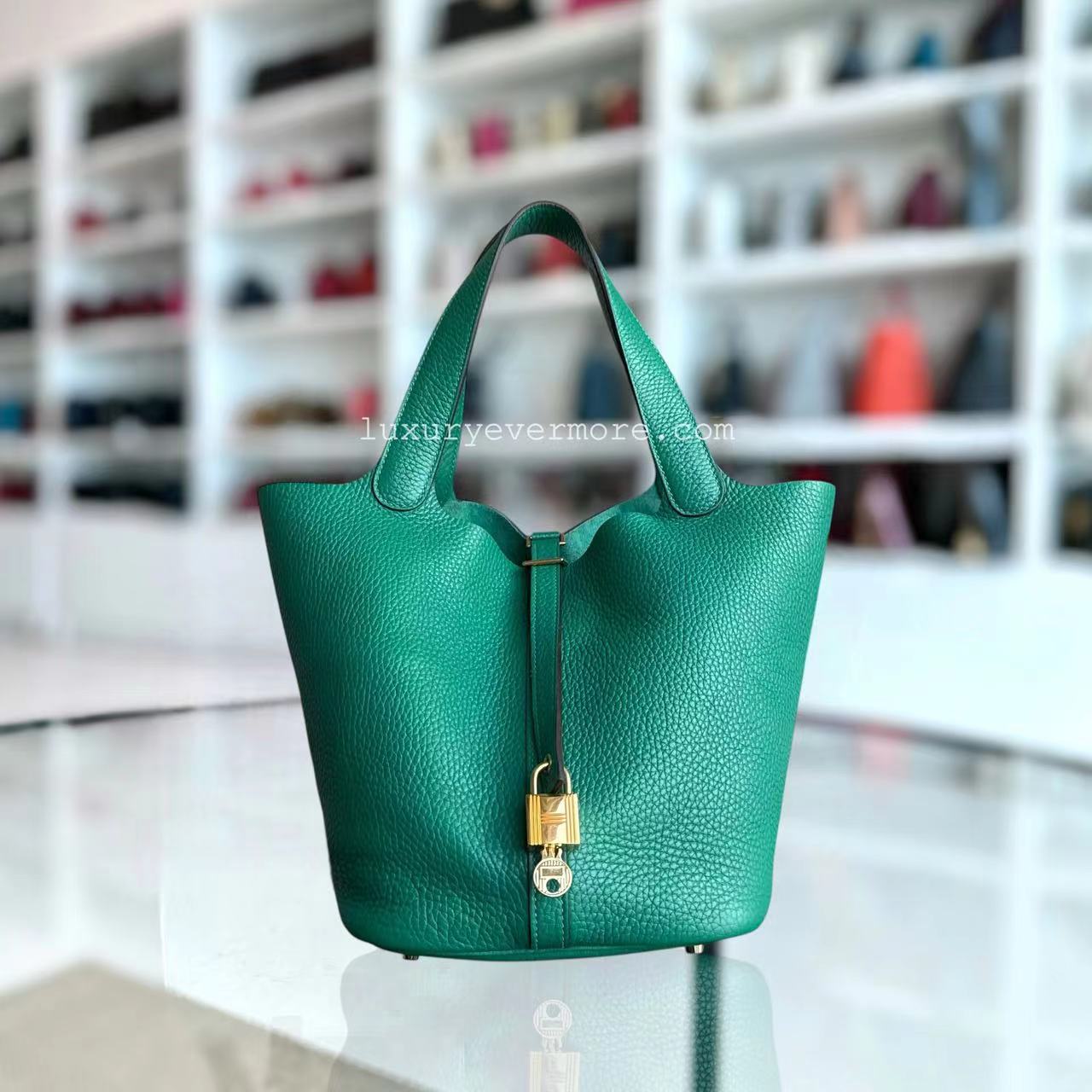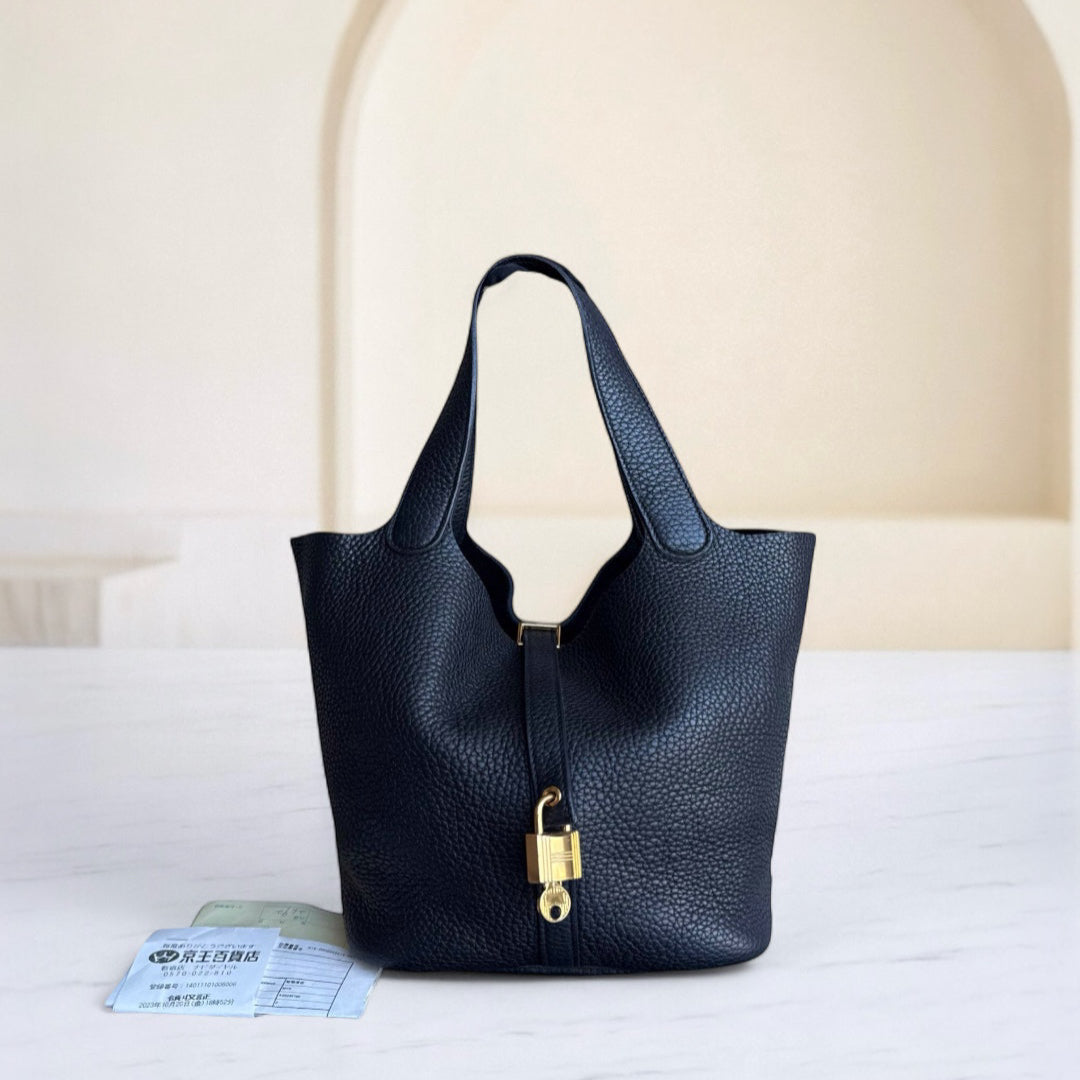Ultimate Guide to Ultrasonic Jewelry Cleaners: Professional-Grade Shine at Home
Ultrasonic jewelry cleaners are international technologies that provide a clear sparkle to jewelry while staying indoors. In this article, the enormous potential of ultrasonic cleaning technologies and their working mechanism, which is to target dirt and other impurities clinging even to the minor components of the item, is showcased. It's not just the physical principles of ultrasonic cleaning that we describe - we advise choosing the appropriate device and its safe use on various jewelry materials. In the modern world, where there has been increasing interest in jewelry, home-based business strategies, or personal collection maintenance, witnessed that vital breakthroughs in the cleaning industry can assist in protecting masterpieces while increasing their market appeal.
What is an ultrasonic jewelry cleaner and how does it work?

An ultrasonic jewelry cleaner uses sound waves at lower frequencies to restore jewelry to its original condition. It sends out high-frequency sound waves in the range of 20 kHz and 400 kHz, allowing these waves to sink into the liquid where the jewelry is placed. The ultrasonic waves generated by the sound waves make minuscule cavitation bubbles in the liquid and cause these bubbles to form and burst incessantly during the cleaning process. This action of forming and bursting bubbles creates a substantial yet delicate force that scrubs any dirt, grime, and debris from the areas of the jewelry that are otherwise difficult to clean. Consequently, the cleaning of jewelry is performed silently without any severe cleaning, which could cause damage to the jewelry and chemicals that might also be toxic. Hence, it is safe and ideal for cleaning jewelry.
Understanding the science behind ultrasonic cleaning
Ultrasonic cleaning operates on the principles of cavitation, which, on the other hand, is a phenomenon caused by high-frequency sound waves in a liquid medium. More specifically, when these sound waves propagate through a cleaning fluid, they create billions upon billions of microbubbles or cavities filled with vapor gas. As these bubbles violently collapse, they become powerful liquid micro-jets that locally blast the surfaces that these bubbles were surrounding rapidly. This makes ultrasonic cleaners particularly effective for cleaning jewelry and other elaborate items because they can clean even the most intricate and complex surfaces without damaging them.
Components of an ultrasonic jewelry cleaner
An ultrasonic jewelry cleaner consists of several components and systems, all critical in jewelry cleaning. At the ultrasonic cleaning machine's center stage lies an ultrasonic transducer responsible for transforming electricity into sound energy or high-frequency sound. These waves are introduced into a cleaning solution in a tank made of stainless steel and designed to withstand corrosion and wear and tear. A generator also connects with the electric transducer, providing energy input. In addition, a timer and control panel are often offered on most of these machines to enable the users to define the duration of cleaning as well as cycles suitable for some jewelry. Also, some other models have furnaces that will allow a multi-stage cleaning process by raising the liquid’s temperature, thus enhancing its cleaning capabilities against dirt and other deposits.
Types of jewelry suitable for ultrasonic cleaning
Many kinds of jewels can be safely cleaned with an ultrasonic jewelry cleaner, especially those constructed with hard gemstones, such as diamonds, rubies, and sapphires. These gemstones can handle ultrasonic cleaning well because of their complex and surface damage-resistant features. Items constructed of solid gold, silver, platinum, and tungsten are also fit for ultrasonic cleaning since their compact metal structures can withstand pressure changes without any problem, thus allowing for deep polishing. Nonetheless, one should refrain from cleaning softer ultrasonic device gems, such as pearls, opals, and emeralds, as these gems can be easily damaged and may have to be cleaned by professionals. Furthermore, antique or other fragile jewelry with loose settings should also be treated with care, or other cleaning methods may be used.
What are the benefits of using an ultrasonic jewelry cleaner?

Achieving a professional-level shine at home
Using an ultrasonic jewelry cleaner involves several advantages, which, in one way or another, improve the quality of home cleaning at a professional level. First, these devices use high-frequency sound waves to generate cavitation bubbles in the liquid solution, thereby removing oils and nutrients even from the most complex elements of jewelry arrangements. This guarantees the accessibility and the cleaning of areas that can hardly be cleaned using a manual approach. It offers the possibility of adjusting the combination of settings for the different models of ultrasonic cleaners, such as changing the time of each cleaning procedure to fit the specific requirements of the types of jewelry. This has been provided in some models to ensure that as much dirt is removed as possible and cleaning efficiency is improved. This technology offers an excellent alternative for those heirloom and modern pieces because there is little or no need to rub the pieces, physically increasing the chances of breakage.
Time-saving advantages over manual cleaning methods
An ultrasonic jewelry cleaner is a handy device free from human interventions and quickly and effectively gives the desired cleanout. Using the device saves a lot of time and energy from getting wasted, as cleaning multiple jewelry pieces only takes a few minutes. Jewelry ultrasonic cleanings will allow the cleaning of numerous jewelry items in a single sitting, eliminating the need to do them individually. Additionally, the high frequency ensures resonance, which quickly allows jewelry cleaning and avoids manual cleaning, which is time-intensive and inefficient in cleaning all parts of a piece of jewelry. This method makes it easier for people with a busy schedule to maintain their jewelry pieces, and it is hassle-free as it requires minimal effort.
Effectiveness in cleaning intricate jewelry pieces
Ultrasonic cleaners use sound waves producing high frequencies that effectively solve the issues associated with highly detailed jewelry designs. These sound waves create tiny cavitation bubbles in the cleaning solution, which helps bind with tiny recesses and hard-to-reach areas of highly complex jewelry designs. The ability to cryogenic treat all of the details, such as engraving, filigree, and setting detail of pave and channel settings, surpasses all that can be done by hand. Ultrasonic cleaning is also very effective because it allows the cleaning of delicate stones and materials, an excellent option for preservation technology for historical or modern detailed jewelry.
How to choose the best ultrasonic jewelry cleaner for your needs?

Key features to look for in a quality cleaner
When choosing a professional ultrasonic jewelry cleaner, one needs to think in advance about one's personal preferences to clean effectively. The most critical parameters that need to be mentioned are frequency adjustment, volume of the tank, and timer. Having the ability to adjust the frequency allows the users to set proper conditions for a more delicate and, thus, effective cleaning of their jewelry regardless of the materials and complexity of the jewelry. Cleaning several items at once is undoubtedly more productive, not having smaller tank capacities. Included timers make cleaning time accurate, and avoiding the damage that delicate items would suffer if they were excessively subjected to ultrasonic waves is possible. The same goes for the degas function, which can precisely remove air, baskets, or holders that keep jewelry out of contact with the tank’s bottom, effectively improving usefulness and productivity. Buying a product with those characteristics will ensure that you don’t have to worry about getting the best user-oriented experience; on the contrary, it will provide you with a complete experience focused on the beauty of your jewelry collection.
Comparing professional and home-use ultrasonic cleaners
There are specific differences between professional and home-use ultrasonic cleaners based on performance, features, capacity, and usage feasibility. One can easily assume that it has to do with the name and has to do with commercial purposes as cleaning is carried out more professionally at stores as opposed to home cleaning, which is more personal and less frequent. Professional ultrasonic cleaners have higher power levels than the ones designed for home use, as they often have control over variable frequencies, enhanced cleaning cycles, and larger tank capacities. All these features allow them to clean large quantities of jewelry simultaneously. They are built with routine cleaning in mind, specific to the requirements of jewelry stores and repair shops, and have a long-term goal of upkeep of their jewelry items. But, for personal use, ultrasonic cleaners designed for home use are smaller, less expensive, and aimed at individuals looking to care for their jewelry or accessories without putting in too much effort. These units are sufficient for basic cleaning and ring maintenance and are user-friendly with simple controls. It all depends on the budget and the user's cleaning requirements. Professional usage would make sense for large jewelry stores, and having a smaller unit would suffice for personal use.
Budget considerations and value for money
Regarding professional and home ultrasonic cleaners, one’s preference towards various budget bills and value for money is simply a matter of considering the initial purchase price, periodic costs, and benefits. Such items can, of course, be expensive by buying the likes of professional ultrasonic cleaners. Still, over the years, they tend to last longer and are efficient, thus making them suitable for professional work. The high-performance and durability innovations are ideal for businesses, so they are worth the price. On the contrary, the home models are economically cheaper and suitable for infrequent use as they consume less energy and charge lower maintenance costs. Such devices are adequate for individuals since they can still clean a considerable portion of their jewelry, and such would be financially cheaper than hiring a service. All of the provided alternatives are valued differently; hence, each individual’s eligibility factors and budget are the leading determinants of making the best choice.
Can ultrasonic cleaners damage my jewelry?

Types of jewelry to avoid cleaning ultrasonically
Identifying which jewelry piece could be damaged is significant when evaluating sonic cleaning for jewelry. There are some types of jewelry, especially those that have pearls, opals, or emeralds, which are soft stones and, in general, should be avoided using ultrasonic cleaners. The reason is that these stones may get easily scratched and also chemically or physically altered. Abrasions or even tiny cracks may develop due to the ultrasound and cleaning solution. Moreover, pearls, opals, and emeralds are encased in jewelry pieces where certain aspects are glued or intricately made with glue, as many bracelets are designed. Since ultrasonic cleaners can dissolve the glue, any bond or joint in the jewelry may be weakened or damaged. A jeweler should be contacted before any ultrasonic cleaning, especially on delicate and soft stones and valuable jewelry, to ensure their durability and remaining integrity.
Precautions to take when using an ultrasonic cleaner
As a Panasonic ultrasonic cleaning machine user, I must take certain precautions with my jewelry. For instance, before extraction, I apply a compatible cleaning solution and avoid using those detrimental to the piece’s strain-sensitive components. Similarly, the manufacturer’s instructions must be followed keenly, particularly regarding the application of the device and its recommended duration of contact to avoid disproportionate exposure. Further, I refrain from cleaning multiple jewelry items in a single cleaning cycle due to the risk of some pieces rubbing against each other. At the very least, however, when cleaning valuable gold or platinum jewelry that is light in weight or any other delicate items, I consider visiting a professional jeweler to eliminate the risk of any irreversible damage during the cleaning procedure.
Frequency of use and potential long-term effects
It is essential to be careful when applying ultrasonic cleaners since some delicate items could become damaged. These devices are practical for cleaning and maintaining items, but their overuse may progressively damage settings, especially for jewelry with diamonds and gold or platinum. The professionals in the industry usually recommend ultrasonic cleaning every few months for valuable and delicate items. Extended exposure to ultrasonic waves may regretfully worsen existing defects and significantly alter the microstructure of softer materials like gold or pearl items. Proper maintenance, which guarantees no damage is caused, can be provided by professional jewelers who regularly inspect items to determine when safety ultrasonic cleaning is appropriate.
What cleaning solutions should I use with my ultrasonic jewelry cleaner?

Recommended cleaning solutions for different types of jewelry
It is critical to choose the appropriate solution or detergent for the ultrasonic jewelry cleaner based on the materials included in the cleaning process :
- Gold and Platinum Jewelry: When ceramic devices are used, a combination of water that has been lightly mixed with a couple of drops of either dishwashing soap or ultrasonic cleaning concentrate would be fine. These methods do an excellent job of cleaning away grime buildup and oil on the surface without disturbing the underlying metal.
- Diamonds and Gemstones: Use a solution designated as ultrasonic compatible for diamonds and diamond-like hard stones. The statements provided ensure that the entire polishing or clarity of diamond rubies or sapphires is safe after thorough cleaning. Before using a jewelry cleaner kit, check whether the gemstones can withstand ultrasonic cleaning with the manufacturer or a jeweler.
- Silver Jewelry: Tarnish removals are made for silver items, but it is essential to use the silver cleaner operator, as otherwise, it may damage the metal when used with professional cleansing agents. Doing so helps to prevent dullness to the surface or corrosion of the item.
In all cases, the requirements of the concrete jewelry cleaning device must be read and followed to the letter. These include dilution ratios and soaking times. A jeweler's advice can be constructive and augment the results for more complex or fragile parts, mainly when using a professional ultrasonic jewelry cleaner.
DIY cleaning solution recipes for ultrasonic cleaners
Making your cleaning solution for ultrasonic cleaners at home means affording yourself both safety and utility. Some of the most widespread recipes have been shared below:
- Mild Dish Soap Solution: Combine equal parts of water and warm water so that the final mixture is five times less than the soap. This solution works best for jewelry cleaning, including precious metals and certain gemstones. The detergent should be adequate to remove grease, oil, or residues from the jewelry‘s surface.
- Vinegar and Baking Soda Mixture: Dissolve one tablespoon of baking soda in 30 ml of white vinegar to enhance the results of cleaning silver jewelry. This mixture improves tarnish-removal due to the fizz it produces. To prevent damaging the jewelry, do not prolong the cleaning cycle of ultrasonic cleaners.
- Ammonia and Water Solution: For a better cleaning solution, use four parts: ammonia and water. Ammonia works best with hard metals and gemstones but use it carefully to avoid abrading surface overexposure.
Ensure that these solutions are appropriate for your pieces. However, checking that your jewelry is not inadvertently harmed by using materials incompatible with ultrasonic cleaning or these DIY solutions is advisable.
Importance of using the right concentration of cleaning solution
The concentration ratio for an ultrasonic cleaning agent diluted with water must be calculated in such a manner as to ensure maximum cleaning without harming the jewelry. From what I have referred to world leaders in the sector, an undiluted solution splashes too much and can be aggressively abrasive, leading to the wearing-out or ruinous of fragile materials. On the contrary, a weaker concentration does not even clean as it should. As a result, a correct balance must be established to accomplish security and operational effectiveness. This, coupled with the specified ones, forms the more pronounced ratio concerning the degree of cleanliness achieved on each item.
How can you properly use an ultrasonic jewelry cleaner for the best results?

Step-by-step guide to cleaning jewelry ultrasonically
- Get ready for the Ultrasonic Cleaner: to begin setup, refer to the manual provided by the manufacturer. The instruction further includes information about the key aspects of the ultrasonic cleaning solution, such as the dilution required, proper concentration, etc.
- Organize the Jewelry: Look at your jewelry and classify it into different categories based on its type or material. Do not mix softer stones with more durable metals, which can cause scratches and damage.
- Put in the Jewelry: Place the jewelry in the cleaning basket after being careful that the pieces do not touch one another to prevent any friction between the items while the cycle is ongoing.
- Pick the Cleaning Cycle: Depending on the materials of the jewelry and how dirty it is, set the timers and frequency of the ultrasonic cleaning device. Most jewelry pieces demand a minimum and maximum cycle of 3 to 5 minutes.
- Clean the Jewelry: Turn on the cycle, let the ultrasonic waves take over, and remove dirt and any other undesirable material. During the process, watch for any complications that could arise.
- Wash and Conclude: After the cycle finishes, first and foremost, remove the jewelry and start rinsing it under moderately heated water to remove any cleaning solvents. Wipe each piece dry as fast as possible using a soft cloth that has no lint so that blatant moisture that may cause damage is removed.
- Inspection and Preservation: Every article must be evaluated to determine whether it is clean. If this is not the case, the operation on heavily soiled items must be repeated. In the end, the luster of the polished pieces must be resumed by placing them in a soft cloth or a padded box.
Tips for maximizing the cleaning effectiveness
- Use the Correct Cleaning Solution: Only use cleaning solutions specifically designed for ultrasonic cleaners. Such solutions are more useful as they can remove dirt, grease, and a higher level of contamination.
- Appropriate Temperature Settings: Heating the cleaning solution to between 40 and 50 degrees centigrade during the process can greatly improve cleaning. However, be careful with heat-sensitive parts and temperature control.
- Regularly Degas the Solution: Always degas the solution before commencing a different cleaning cycle to avoid air pockets that may interfere with ultrasonic activity. This can also be done by allowing the cleaning solution to cycle for a few minutes alone in the tank.
- Maintain Adequate Water Level: Always ensure that the tank is at the optimal level specified by the manufacturer. Too low or too high in solution will not consistently assist the propagation of ultrasonic waves.
- Avoid Overloading the Basket: Always make sure you do not fill the cleaning basket with too many items, as this reduces the effectiveness of the ultrasonic waves for cleaning. Leave adequate spaces between pieces to be cleaned for best results.
Setting the proper cleaning time and frequency
A quick cleaning cycle of between 3 and 10 minutes is an excellent general header for ultrasonic cleaning cycles. Still, if heavily soiled items are being cleaned, the time might go up for proper cleaning. It is essential to remember that whenever a new ultrasonic cleaner model is adopted, the first step should involve reviewing the manufacturer’s guidelines or specifications as they are explicitly made for the cleaner model. Based on the first result feedback or the material information of a given item, the time may also be adjusted; for example, if the item is made of soft metal, then less time might be required in ultrasonic exposure to avoid damage. Lastly, regarding frequency, ultrasonic cleaning ought to provide a satisfactory cleaning of items without risking an overexposure effect of the ultrasonic waves, assuming items are in regular use and should be cleaned only every few weeks.
Reference Sources
Frequently Asked Questions (FAQs)
Q: Can you explain the process behind using an ultrasonic jewelry cleaner?
A: High-frequency sound waves in an ultrasonic cleaner work together with bubbles in the solvent. When these bubbles collapse, an intense scrubbing action cleans rings, necklaces, watches, and other jewelry pieces. No other method of cleaning jewelry can come close to the efficacy offered by this professional-grade cleaner. It works on several items, including rings, necklaces, and watches, aiding in anything from a less detail-oriented job to a complete clean.
Q: Is using an ultrasonic jewelry cleaner on soft gemstones or watches safe?
A: The jewelry that is safe to use, along with an ultrasonic jewelry cleaner, are diamonds, gold, and silver jewelry. More delicate gemstones that can, including pearls, opals, and emeralds, should never be taken close to the loud vibrations. Also, watches should not be used with them unless labeled as waterproof or water resistant. When in doubt, or if you are wondering whether it is a good idea to clean a specific item, it is suggestable to reach out to your local jeweler for professional advice.
Q: Why is using an ultrasonic jewelry cleaner at home advantageous?
A: Using an ultrasonic jewelry cleaning machine at home is quite helpful since you do not have to go to a jeweler to get some jewels professionally cleaned. Such devices can eliminate grime that manual cleaning might not remove, allowing one’s jewelry to sparkle again. They are also efficient in time and resources as cleaning several pieces is done at once, and the jewelry cutter will always be in its best shape, thus keeping its good value.
Q: How often do I need to run the ultrasonic jewelry cleaner?
A: The amount of time an ultrasonic cleaner is used for jewelry is determined by the rings' frequency of dirt and oil ingestion during wear. For items like wedding rings constantly being used, once every two weeks is recommended. For the rest, once a month or after every two months works. However, avoiding over-cleaning is essential since the metal may become weaker. Always check the manufacturer's instructions for using your ultrasonic jewelry cleaning device.
Q: Is cleaning my prescription glasses with a jewelry ultrasonic when watching items safe?
A: Many ultrasonic jewelry equipment are double-used, including eyeglass cleaning. You are known as ultrasonic eyeglass and jewelry cleaners, which serve a much larger purpose of cleaning dirt and oil off eyeglasses and even jewelry. Determining if your eyeglasses have special coatings that could be damaged during ultrasonic cleaning is paramount. Further, ensure that your plant is equipped for jewelry and eyeglasses.
Q: Which cleaning detergent should I use with my ultrasonic jewelry cleaning machine?
A: Thus, for optimal results, use the proper ultrasonic jewelry cleaner solution. These solutions can interact with ultrasonic waves and are safe for most jewelry. Some come along with the machine as a sample. You can also simply combine slight amounts of regular dish soap and water. Avoid detergents or cleansers with chemicals that can be harmful to your jewelry. In case of badly tarnished silver jewelry, it may be best to use a silver cleaning solution.
Q: What is the time required for cleaning in the ultrasonic jewelry cleaner?
A: The essential time for cleaning will depend on the machine as well as the dirtiness level of the jewelry. Most jewelry cleaning machines have a timer function that enables the cleaning cycles to last between three and eight minutes. For the lightly soiled items, one cleaning cycle may be sufficient enough. On the other hand, for the heavily soiled pieces, you may need to run two or more cleaning cycles. However, checking the manufacturer's guidelines before cleaning would be a good idea to avoid any possible adverse effects on the jewelry.
Q: For gemstones, is ultrasonic jewelry cleaner an ideal choice?
A: Hard stones such as diamonds, sapphires, and rubies can be considered safe as ultrasonic technology does not damage them. On the other hand, some gems that are more porous, such as pearls, opals, emeralds, and tanzanites, may not be a good match for ultrasonic cleaning. This is because the ultrasonic vibrations can be too harsh and cause fractures within the stone or entirely displace the stone. However, if you are ever uncertain whether one of the gemstones you own can withstand ultrasonic cleaning, consult an experienced jeweler first.
Contact Luxury Evermore should you need help with acquiring or building up your collection. There is a variety of brands with different styles, as well as sizes, and colors, for example, Hermes, Chanel, lv and Dior. If you are not lucky enough to find the bag you are looking for on our website then our concierge team will probably be able to order it for you. We provide 100% authenticity guarantee for all our bags, and any item sold on this site will be dispatched to you within one to two business days upon receipt of the payment.







































